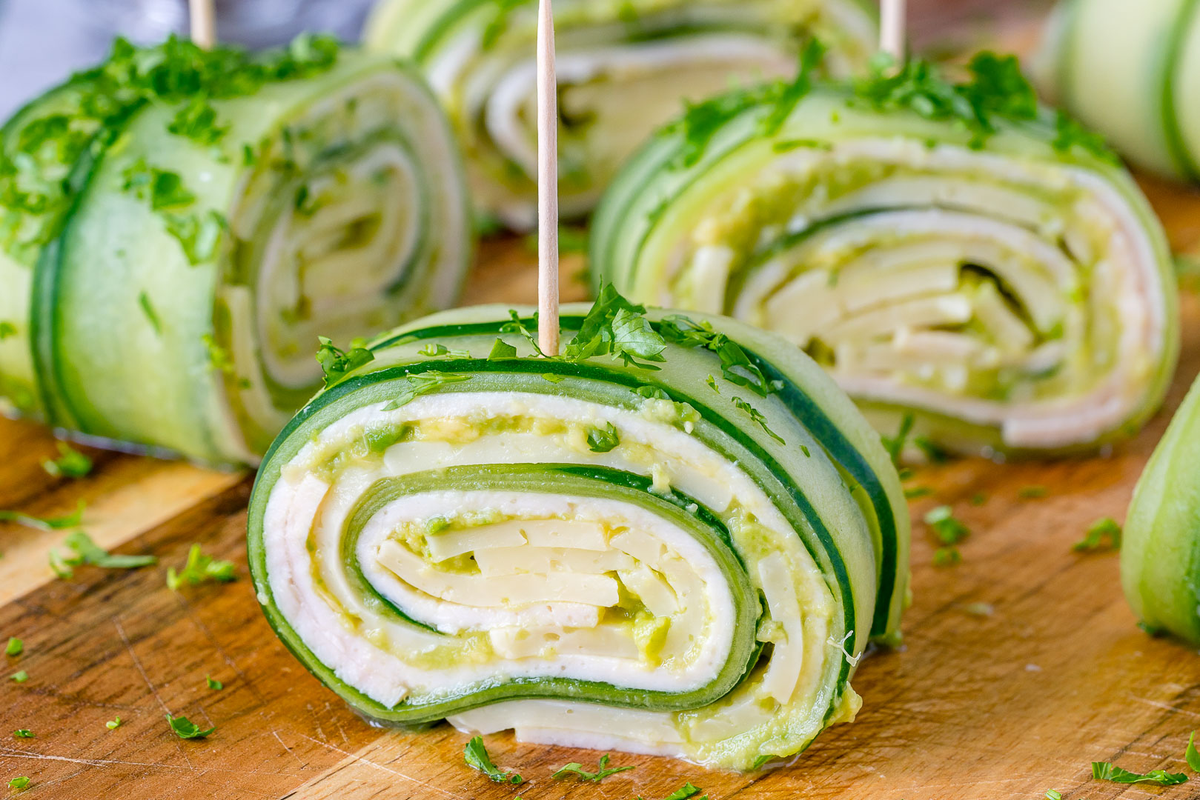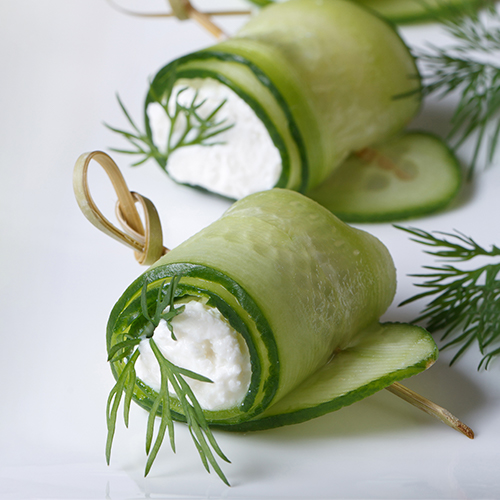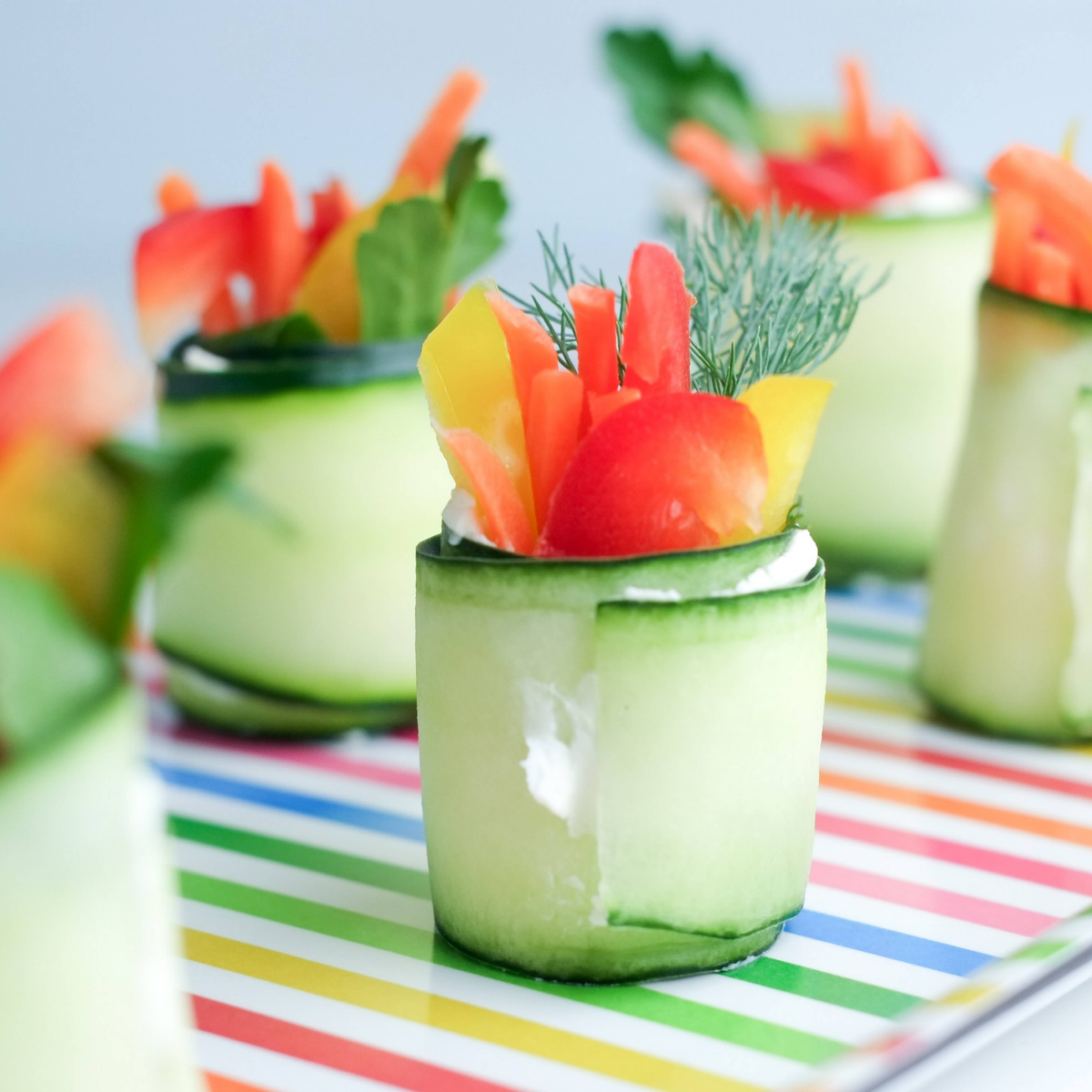Can you eat a fueling with your lean and green?
Eating a lean and green meal is an effective method for promoting weight loss and healthy living. This type of meal is composed of lean protein, fresh fruits, non-starchy vegetables, and healthy fats such as olive oil and coconut oil. Such a meal is packed with essential nutrients that can positively impact body weight, blood sugar, and blood pressure.

A lean protein such as chicken breast or game meat can help build and repair muscle, while fresh fruits and non-starchy vegetables provide vitamins, minerals, and fiber that promote healthy digestion and reduce the risk of chronic disease. Healthy fats like olive oil are also essential for maintaining heart health.
Portion sizes play a critical role in maintaining healthy calorie intake when following a lean and green meal plan. Optavia coaches, healthcare professionals, and the U.S. Department of Agriculture recommend proper portion sizes to help people achieve both short-term and long-term weight loss goals. By limiting calories and consuming appropriate portions of lean protein, fat, and carbohydrates, individuals can control their calorie intake and manage their weight effectively.
Following a lean and green meal plan also has long-term benefits. It can help reduce the risk of chronic diseases such as heart disease, diabetes, and hypertension. By consuming nutrient-rich, low-calorie foods, individuals can maintain a healthy weight and improve overall health.
In summary, consuming a lean and green meal provides numerous health benefits, including short-term benefits such as weight loss, blood sugar control, and blood pressure management; and long-term benefits such as reduced risk of chronic disease. By emphasizing the consumption of lean protein, fresh fruits, non-starchy vegetables, and healthy fats, and controlling portion sizes, individuals can achieve their health and weight loss goals more effectively.
Making a Lean and Green Meal
Making a lean and green meal is an essential part of many weight loss programs and healthy diets. By choosing the right combination of lean proteins, fresh fruits and vegetables, healthy fats, and whole grains, individuals can enjoy a filling and satisfying meal that promotes weight loss, reduces the risk of chronic disease, and provides essential nutrients for their body.
In this article, we will explore the key elements of making a lean and green meal and how it can help individuals achieve their weight loss goals.
Choose Your Protein Source
When it comes to a healthy diet and maintaining a healthy weight, lean protein is an essential component. Choosing the right protein sources can help you reach your weight loss goals, as well as ensure you’re getting the nutrients your body needs. Here are some of the recommended protein sources for a Lean and Green meal:
1. Grilled Fish: Fish is a great protein source that is low in calories and high in nutrients. It’s an ideal option for those looking to maintain a healthy weight, as it contains minimal saturated and trans fats. Additionally, fish is rich in omega-3 fatty acids, which have been found to help reduce blood pressure and blood sugar.
2. Chicken Breast: Another excellent protein option is chicken breast. It’s low in calories, high in lean protein, and a great addition to any Lean and Green meal. When preparing chicken breast, it’s important to trim any visible fat and avoid frying it to keep it lean and healthy.
3. Lean Beef: While beef often gets a bad reputation for being high in fat, lean beef is an excellent source of protein. When choosing cuts of beef, look for ones that are labeled as lean and have minimal visible fat. Also, be mindful of portion sizes when consuming beef.
4. Non-GMO Tofu: For those following a vegetarian or vegan diet, Non-GMO tofu is a great alternative protein source. It’s high in protein, low in calories, and contains minimal saturated and trans fats.
When incorporating protein into your Lean and Green meal, it’s important to choose ideal options that are high in lean protein and have minimal saturated and trans fats. By doing so, you can maintain a healthy weight, reduce your risk of developing health complications, and ensure your body is getting the nutrients it needs.
Choose Your Vegetables
When selecting vegetables for your Lean and Green meal, it’s important to choose non-starchy options with a high nutrient content. Non-starchy vegetables are a great way to reduce calorie intake while still getting the essential vitamins and minerals your body needs.

Some great options to consider when selecting vegetables for your Lean and Green meal include asparagus, broccoli, cauliflower, kale, spinach, and lettuce. These vegetables are all low in calories and high in nutrients, making them an ideal addition to any healthy meal.
It’s recommended that your vegetable option for the Lean and Green meal constitutes three servings equivalent to about six cups of fresh and fibrous greens. This may seem like a lot, but incorporating that much fresh produce in your meal can have a huge impact on your overall health and wellness.
So when it comes to choosing your vegetables for a Lean and Green meal, stick to non-starchy options with a high nutrient content. Consider including asparagus, broccoli, cauliflower, kale, spinach, and lettuce in your meal, and aim for about six cups of fresh greens to get the most benefit from your meal.
Select the Healthy Fats
When planning a lean and green meal, it’s important to consider not just the lean protein and fresh fruits and vegetables, but also the healthy fats that can be incorporated. While the idea of consuming fats may seem counterintuitive for weight loss programs, healthy fats play an essential role in maintaining a healthy body and achieving weight loss goals.
Healthy fats not only add flavor and satiety to a meal, but they also help the body absorb essential vitamins and minerals. Additionally, they support brain function, regulate hormone production, and aid in maintaining a healthy weight. Some great examples of healthy fats include olive oil, coconut oil, and fat from nuts and seeds.
However, it’s important to exercise portion control when incorporating healthy fats into your lean and green meal. While healthy fats are beneficial, it’s still possible to consume too much, which can add up in calories and impact weight loss goals. Aim to choose healthy fats in moderation and opt for healthier cooking methods like sautéing in olive oil instead of using solid shortening or margarine.
By incorporating healthy fats in your lean and green meal while practicing portion control, you’ll not only reap the benefits of these essential nutrients, but also achieve optimal health and wellness.
Put Together Your Meal
When it comes to putting together a healthy and satisfying meal, starting with a lean protein source is key. Some great options include grilled chicken breast, game meats, lean beef, or ground meat mixed with flavorful spices and herbs.
Next, it’s important to choose a variety of non-starchy vegetables to accompany the protein source. These could include roasted sweet potatoes, sautéed broccoli, or spaghetti squash. By including a variety of colorful and nutrient-dense vegetables, you’ll not only add flavor but also a range of essential vitamins and minerals.
Healthy fats are also an important component of a well-rounded meal. Some great options include drizzling a bit of olive oil or coconut oil over the vegetables and protein, or incorporating a small amount of fat from nuts and seeds. However, it’s important to keep portion sizes in mind and not go overboard, as healthy fats can still add up in calories.

When considering macronutrient guidelines, aim to include a balance of healthy proteins, fats, and carbohydrates. Additionally, it’s important to be mindful of portion sizes in order to maintain a healthy calorie intake and support weight loss goals.
For added flavor, get creative with spices like cumin, paprika, or chili powder, and try adding a squeeze of lemon or lime juice or a dollop of yellow mustard or cocktail sauce.
In summary, a well-rounded and satisfying lean and green meal consists of a protein source, a variety of non-starchy vegetables, and healthy fats—all while keeping portion sizes and macronutrient guidelines in mind. So go ahead and get creative with your meal prep!